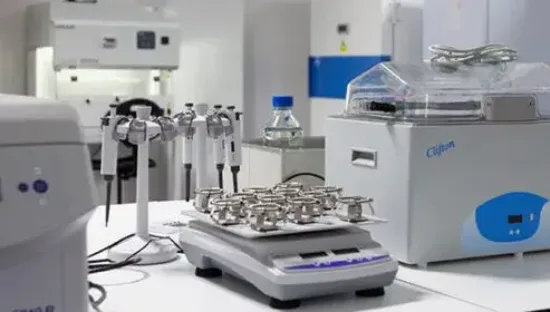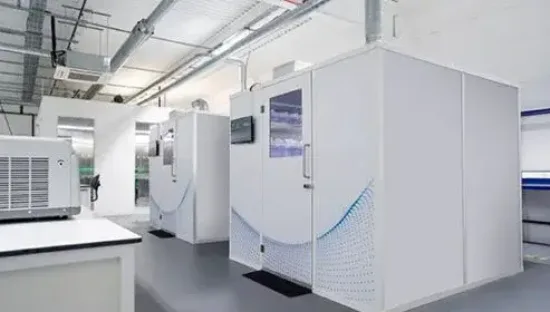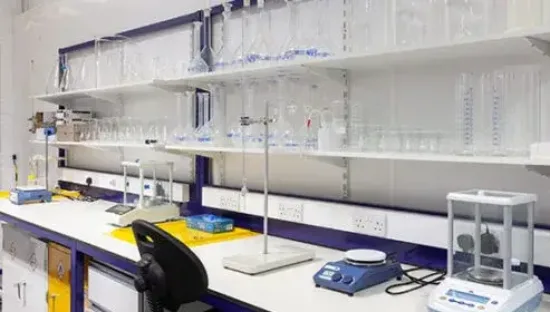What is ISO10993-5 Cytotoxicity testing?
Cytotoxicity testing is a fundamental step in allowing a medical device to be recognised as safe for use. All medical devices which encounter human tissue should be subject to biocompatibility testing, critically cytotoxicity evaluation. Test labs offer tests which aid in addressing the biocompatibility of medical device materials. These tests are performed to ISO 10993-5 to determine cytotoxic potential.
‘in vitro’ tests are free from animal cruelty, hence a more rapid and sensitive procedure. Qualitative cytotoxicity tests outcomes in an assigned cytotoxic score (0-4) which is dependent on the percentage of cell death (lysis), and overall cell structure (morphology). Whereas quantitative tests measure the metabolic activity of the cells, consequently allowing the measurement of living (viable) cells.
The test sample will be exposed to the cells over a range of concentrations. Percentage inhibition of growth is calculated for each treatment. (Quantitative)
Devices are considered cytotoxic if less than 70% cell viability occurs post-treatment with medical device extracts.
Biological Evaluation Plan
BEP establishes your product testing requirements. It also helps to prevent unnecessary testing studies.ISO 10993-5 Cytotoxicity test
Cytotoxicity testing using the MTT cytotoxicity assay, this test measures the viability of the cells via targeting the metabolic activity of the cell using the L929 cell line.Biological Evaluation Report
Your report will be issued with in two weeks of experimental phase completion, fully compliant with GLP requirementsISO10993-5 Cytotoxicity testing
We perform regulatory studies in compliance with the Principles of Good Laboratory Practice (GLP). GLP is a defined set of Principles designed to be implemented within a quality system of a test facility conducti ng non-clinical health and environmental safety studies intended for regulatory submission. These principles outline how studies should be planned, performed, monitored, recorded, archived, and reported with the aim to harmonise the way in which test facilities work. The GLP Principles were published for test facilities to comply with to ensure the integrity, quality, consistency, and reliability of data that is produced.
The GLP regulations require that “regulatory studies” to demonstrate the safety or properties where the data is intended for submission must be performed at a test facility that is a member of the respective national compliance monitoring programme. As a member of this programme test facilities are inspected on a regular basis as an assessment of conformity.
We won’t keep you waiting
We respond to all enquiries within minutes of receiving them.
Our lead times match the urgency and demand in the market – we offer industry-leading turnaround times because we know how critical reliable data is for your project. While what you’ve seen is our typical lead time, the final timeline will depend on your specific study requirements. But rest assured, we’ll do everything we can to deliver even faster.
Think of it like a relay race – we’ll hand over the data baton as quickly as possible, so you can keep moving forward on your medical device journey.






